
Token development has become a cornerstone in the expanding universe of blockchain applications. As decentralized finance (DeFi), GameFi, and real-world asset tokenization (RWA) continue to reshape traditional financial and entertainment landscapes, understanding how tokens are created and utilized within these domains is crucial. Each sector presents unique challenges and opportunities for token developers, requiring tailored approaches to design, security, and functionality. This blog explores how token development is evolving to meet the demands of DeFi, GameFi, and RWA, highlighting key features, innovations, and future trends.
Understanding Token Development: A Foundation
Before delving into specific sectors, it is important to understand what token development entails. At its core, token development involves creating digital assets on a blockchain that represent ownership, utility, or governance rights. These tokens are implemented via smart contracts—self-executing code that runs on decentralized networks such as Ethereum, Binance Smart Chain, Solana, or Avalanche.
Tokens can take various forms, such as fungible tokens (interchangeable and divisible) or non-fungible tokens (unique and indivisible). The most common standards for fungible tokens include Ethereum’s ERC-20 or Binance’s BEP-20, whereas NFTs typically follow standards like ERC-721 or ERC-1155. Developing a token involves writing, testing, and deploying smart contracts that define the token’s behavior, supply, transferability, and other parameters.
Each token’s design is tailored to its use case, which is why token development strategies vary significantly between DeFi platforms, GameFi projects, and real-world asset tokenization initiatives.
Token Development in DeFi: Powering Decentralized Finance
Decentralized Finance, or DeFi, refers to financial services that operate without intermediaries, leveraging blockchain technology to offer lending, borrowing, trading, yield farming, and more. Tokens play a crucial role in DeFi ecosystems, acting as both the fuel and the currency of these decentralized platforms.
When developing tokens for DeFi, developers often focus on utility and governance. Utility tokens facilitate platform-specific functions such as paying transaction fees, staking to earn rewards, or accessing premium features. Governance tokens grant holders voting rights to influence protocol upgrades, parameter adjustments, and other critical decisions.
Because DeFi platforms handle significant amounts of capital, security is paramount in token development. The smart contracts governing tokens must be rigorously audited to avoid vulnerabilities that could lead to exploits or fund loss. Additionally, tokenomics design—the economic rules that govern token supply, distribution, and incentives—must balance incentivizing users while maintaining sustainable growth.
Moreover, DeFi tokens often incorporate features like minting, burning, and staking. Minting allows the creation of new tokens, often tied to user deposits or protocol activity. Burning permanently removes tokens from circulation, which can help manage inflation and increase scarcity. Staking incentivizes users to lock tokens, supporting network security or liquidity pools, and earning rewards in return.
The interoperability of DeFi tokens across various platforms and chains is also increasingly important. Cross-chain bridges and wrapped tokens enable users to transfer assets across different blockchains, expanding the reach and utility of DeFi tokens.
Token Development in GameFi: Merging Gaming with Finance
GameFi, the intersection of gaming and decentralized finance, introduces innovative token models that redefine player engagement and game economies. Unlike traditional games where players spend money for entertainment, GameFi allows players to earn real-world value by playing, creating, or trading digital assets secured on blockchains.
Tokens in GameFi serve multiple purposes. They may represent in-game currency, assets such as weapons or skins, or governance rights for the game’s ecosystem. Fungible tokens often function as the game’s native currency used for transactions, rewards, and staking. Non-fungible tokens (NFTs) represent unique, tradable digital items that players can own and monetize outside the game environment.
Developing tokens for GameFi requires a deep understanding of both blockchain technology and gaming mechanics. Smart contracts must handle complex asset ownership rules, interoperability between games or marketplaces, and secure transactions. Tokenomics must be carefully balanced to ensure that earning opportunities are attractive but not inflationary, preserving the value of tokens over time.
Moreover, token development for GameFi emphasizes player ownership and composability. Players expect to fully own their assets, transfer them between games, or even use them in decentralized marketplaces. This introduces challenges around standards compliance and cross-platform compatibility.
GameFi tokens also often incorporate rewards mechanisms tied to gameplay achievements, leaderboards, and seasonal events. These tokens not only drive player retention but also foster active communities through staking, governance, and collaboration.
Security and user experience are particularly critical in GameFi. Developers must ensure that tokens and related smart contracts do not expose players to exploits or loss of assets, while keeping transactions efficient and affordable despite blockchain congestion.
Token Development for Real-World Assets (RWA): Bridging Digital and Physical
Tokenizing real-world assets represents one of the most transformative applications of blockchain technology. By creating digital tokens that represent ownership or shares of physical assets—such as real estate, art, commodities, or equity—developers unlock new levels of liquidity, accessibility, and transparency.
Token development for RWAs requires additional layers of complexity compared to pure digital assets. Each token must be legally linked to the underlying physical asset through enforceable contracts or regulatory frameworks. This means the smart contracts governing tokens must comply with local securities laws, know-your-customer (KYC) requirements, and anti-money laundering (AML) regulations.
Because RWA tokens represent fractionalized ownership, token developers often design mechanisms for dividends, buybacks, or profit-sharing, depending on the asset class. For example, a real estate token might entitle holders to a share of rental income distributed periodically.
Security and trust are paramount, as investors need assurance that the token accurately reflects real-world ownership and that mechanisms are in place to handle asset transfers, disputes, or liquidation. Token developers must integrate with off-chain systems for asset verification, legal compliance, and asset custody.
Another challenge in RWA token development is valuation and price discovery. Because many real-world assets are illiquid or have infrequent transactions, designing fair and transparent pricing models embedded within smart contracts is critical.
Interoperability also plays a role here, as RWA tokens increasingly interact with DeFi platforms for lending, borrowing, or collateralization. For example, a tokenized property can be used as collateral in a decentralized loan platform, unlocking capital without selling the underlying asset.
Best Practices in Token Development Across Sectors
Despite differences in use cases, DeFi, GameFi, and RWA token development share common challenges. Security remains a top concern. Every token smart contract must undergo comprehensive audits by reputable firms and continuous monitoring after deployment. Token vulnerabilities can lead to irreversible fund loss or reputational damage.
Scalability is another universal concern. As user bases grow, smart contracts must be optimized to reduce gas fees and transaction times, especially on congested networks. Many projects explore Layer 2 solutions or alternative blockchains to improve scalability.
Tokenomics design is often the make-or-break factor. Poorly designed token supply schedules, incentive mechanisms, or governance models can result in rapid token devaluation or community disengagement. Developers must create economic models that encourage participation, reward loyalty, and support long-term sustainability.
Regulatory compliance is increasingly critical, especially for RWA tokens and DeFi projects that may fall under securities laws. Early legal consultation and integrating compliance features into token contracts can prevent costly legal repercussions.
User experience is also essential. Complex token interactions must be abstracted through intuitive interfaces and clear communication to ensure mass adoption. Developers often combine token development with wallet integrations, dashboards, and analytics tools for better usability.
The Future of Token Development: Innovation on the Horizon
Token development continues to evolve rapidly alongside advancements in blockchain infrastructure, smart contract languages, and decentralized governance models. Emerging technologies like zero-knowledge proofs and modular blockchain architectures promise to enhance privacy, scalability, and composability in token ecosystems.
In DeFi, innovations such as algorithmic stablecoins and synthetic assets expand token functionality. GameFi projects are increasingly experimenting with AI-driven dynamic NFTs and cross-game asset interoperability, enabling richer player experiences. RWA tokenization is poised to revolutionize traditional finance by enabling fractional ownership of previously illiquid assets on a global scale.
Moreover, interoperability protocols and cross-chain bridges are making tokens more fluid, allowing users to leverage their assets across ecosystems seamlessly. Layer 2 rollups and sidechains are mitigating transaction costs, opening the door for microtransactions and mass adoption.
In summary, token development is a dynamic field that sits at the intersection of technology, finance, and legal innovation. DeFi, GameFi, and RWA are three vibrant sectors leading this charge, each with distinct token development requirements but united by the promise of decentralized ownership and economic empowerment.

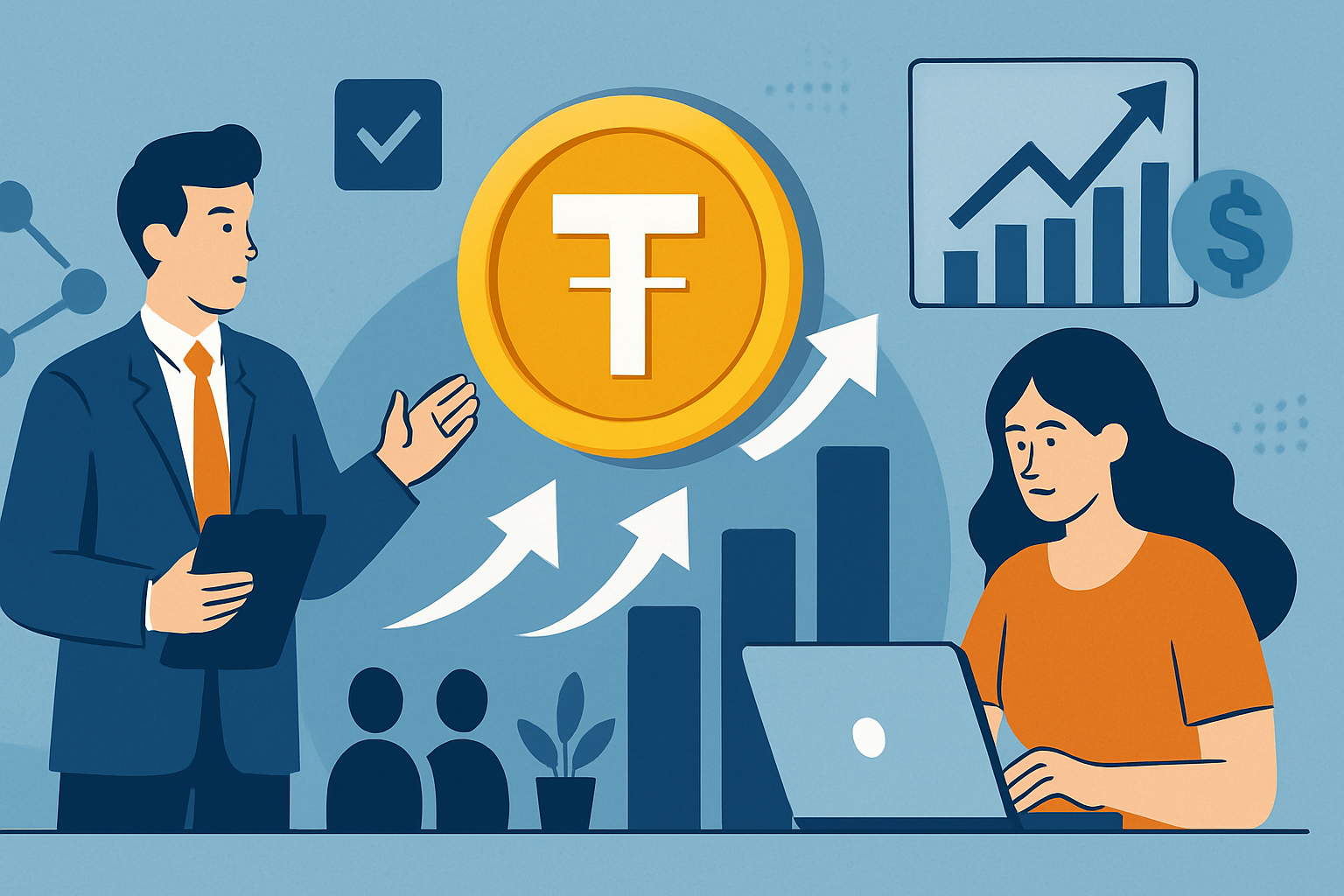
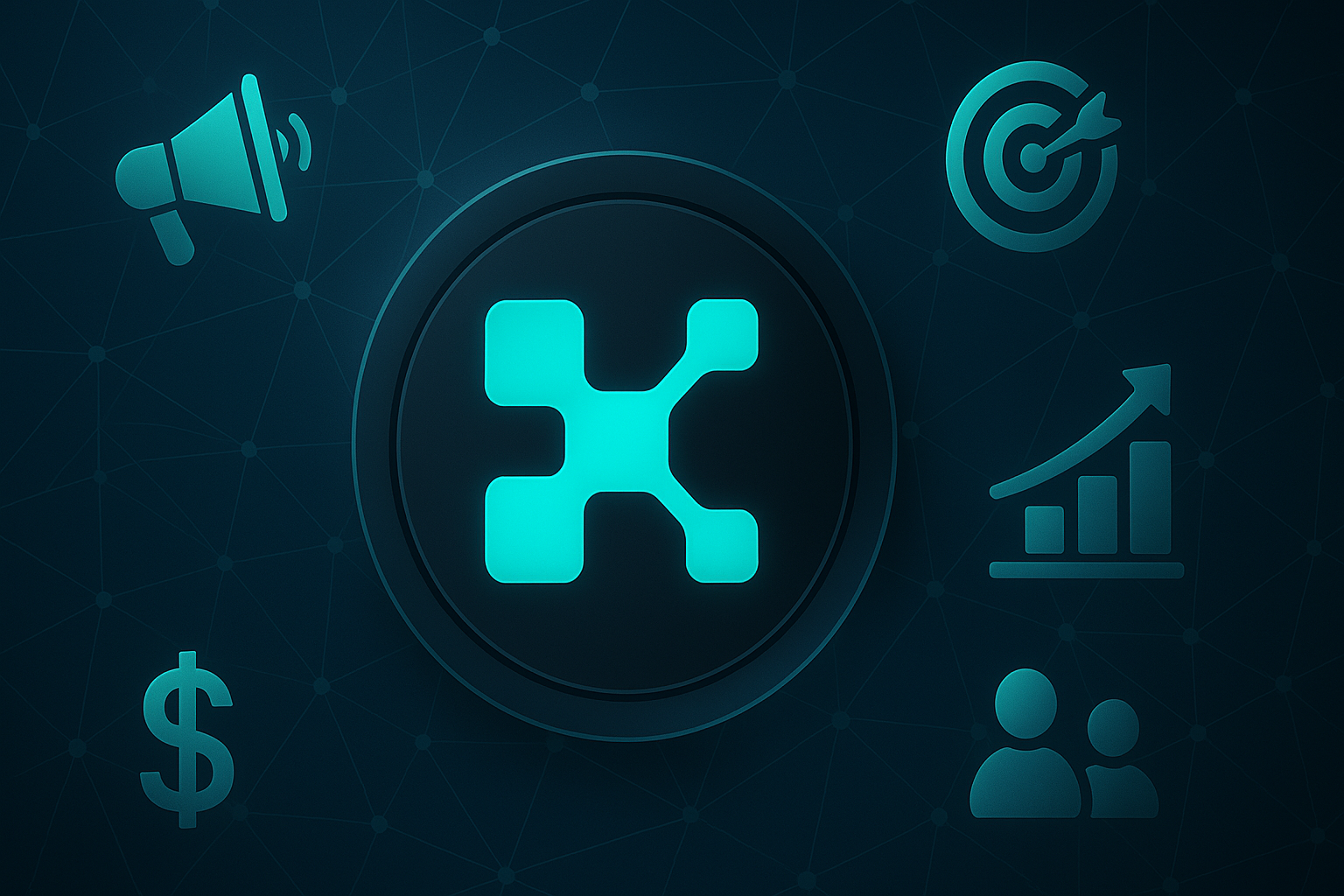

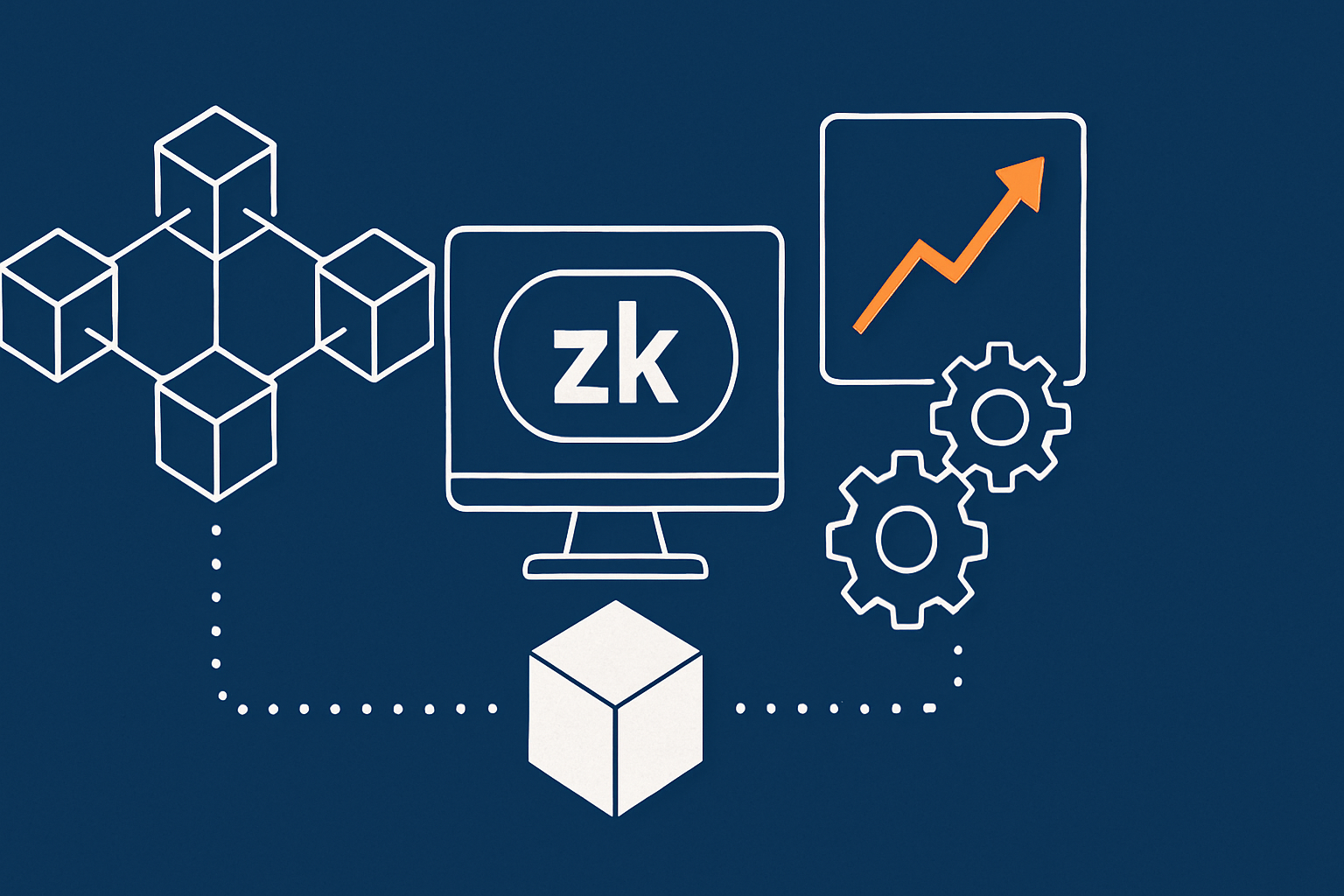

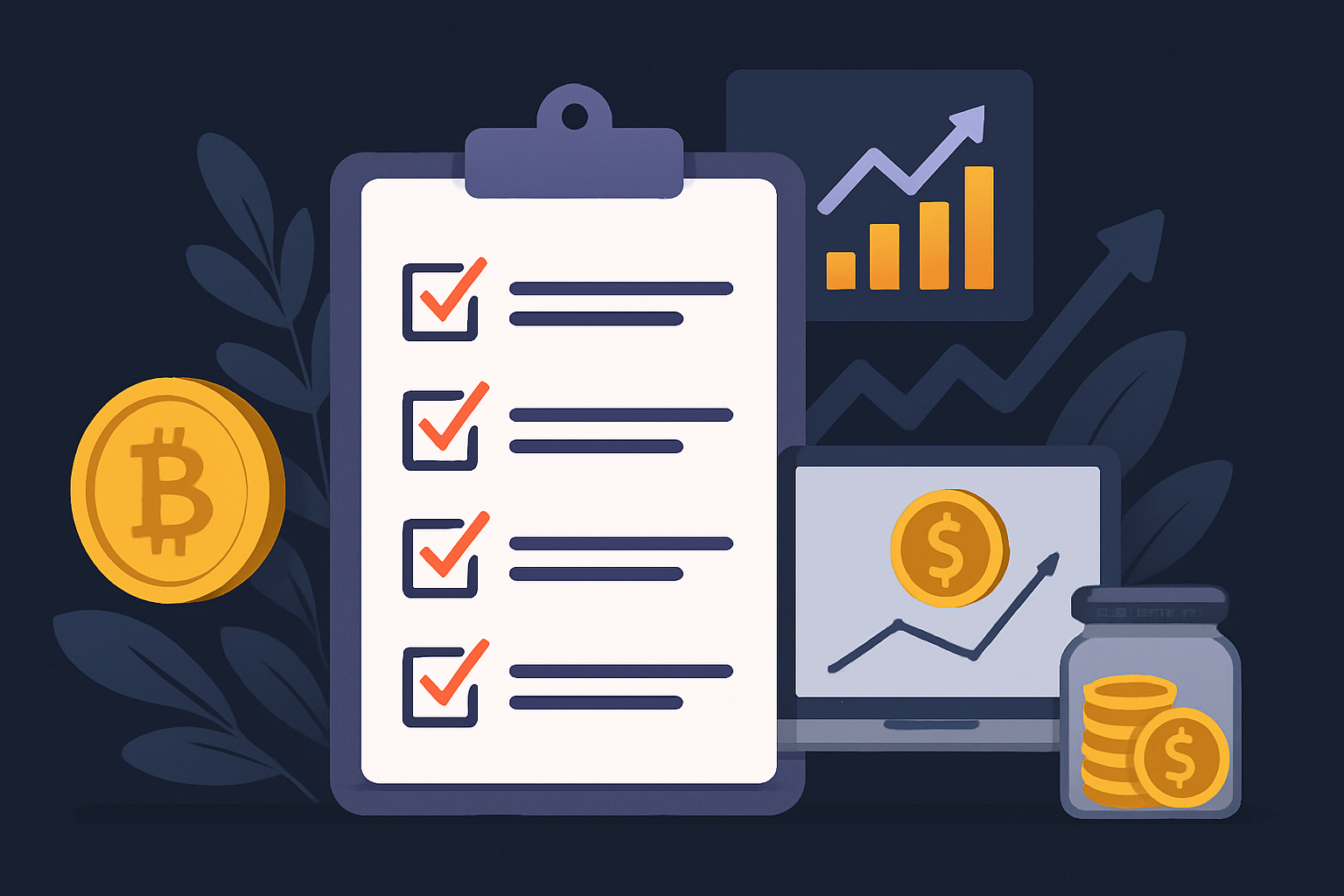
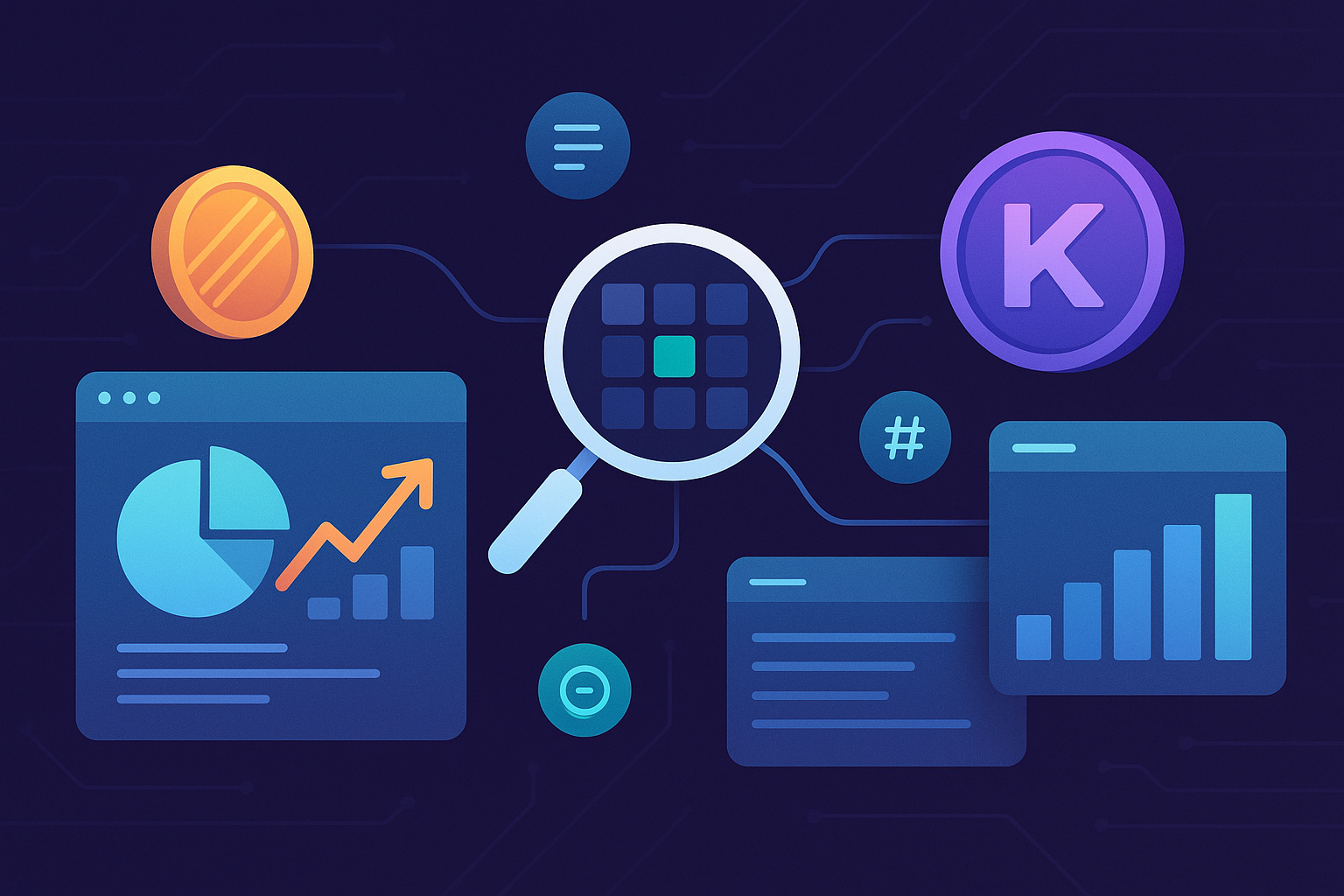
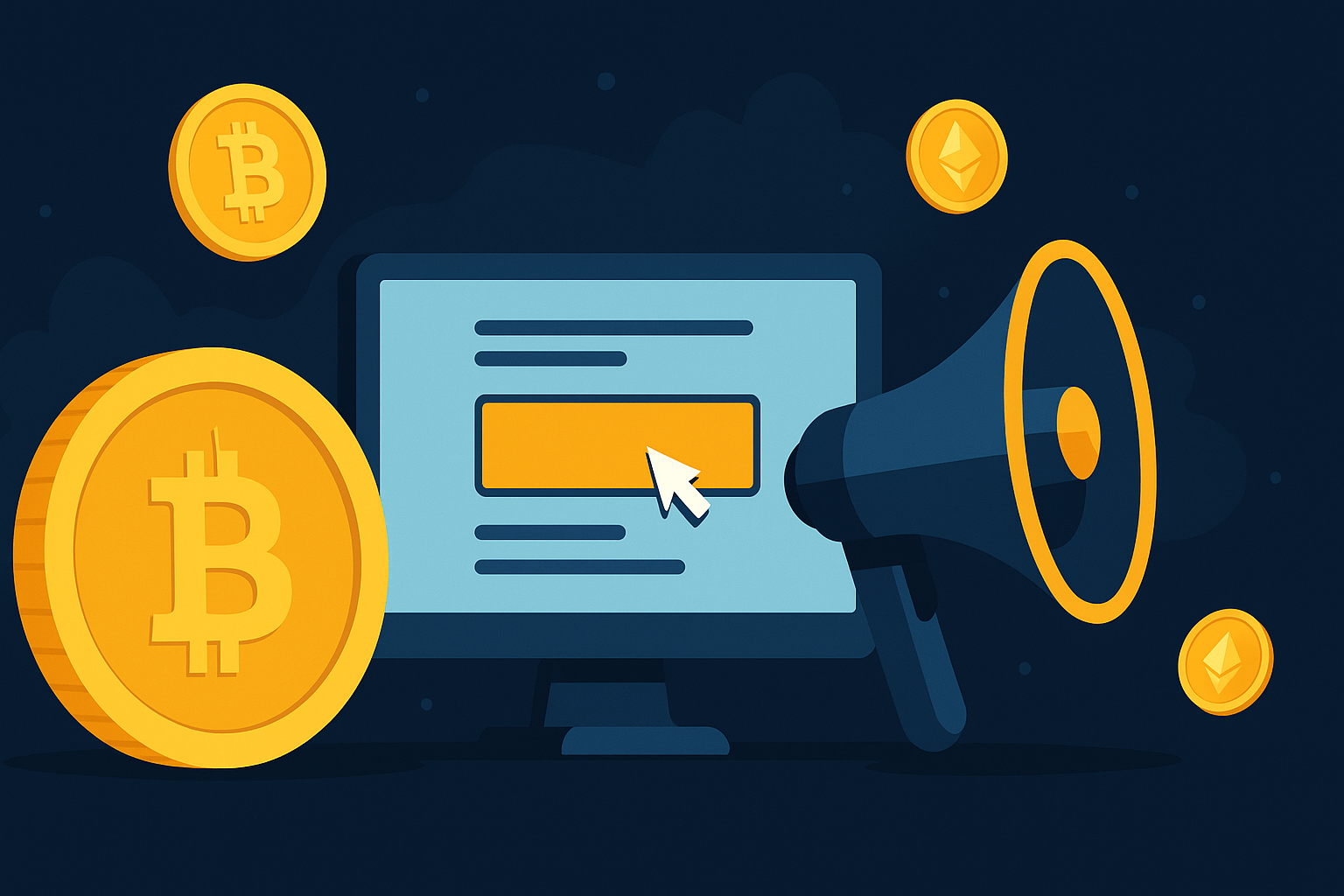











Write a comment ...